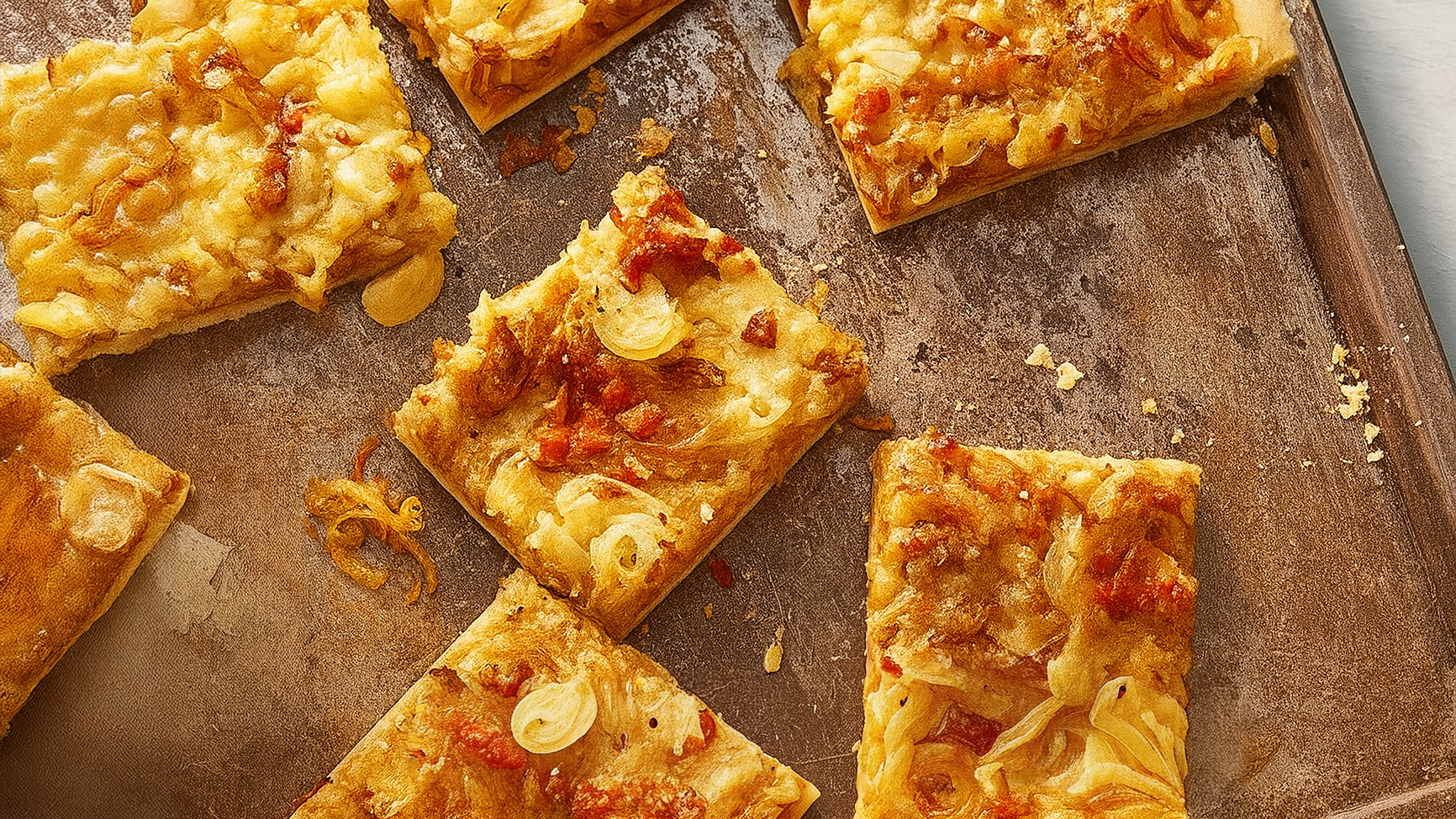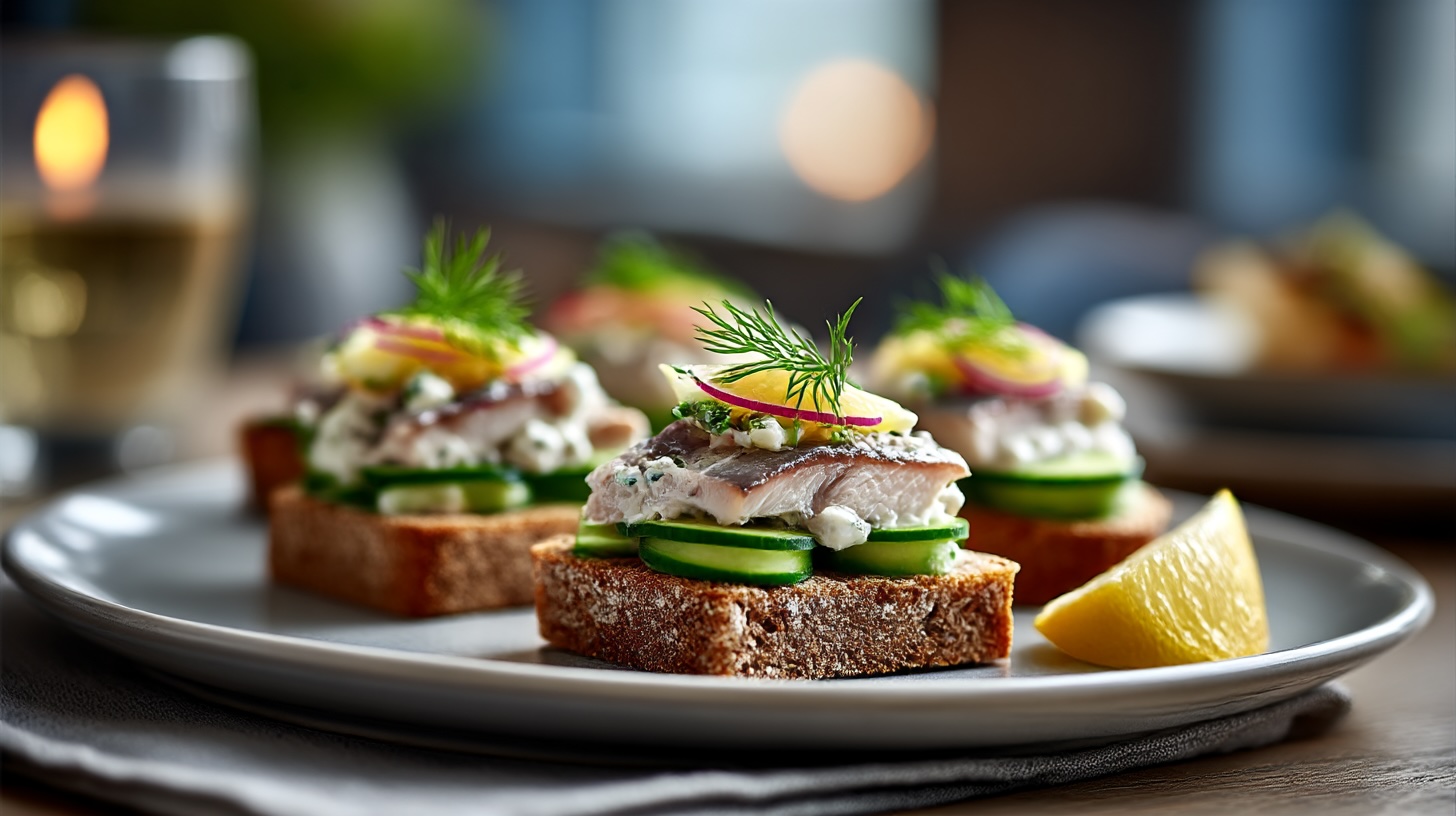History of Quiche Lorraine
History of Quiche Lorraine is a story about one of those iconic dishes that feels simultaneously fancy and delightfully simple. You might have encountered it at a garden party, a quaint bistro, or maybe even in your grandmother’s kitchen, but do you know how this savoury pie came to rule our hearts and stomachs? Let’s peel back the buttery layers and explore its origins, evolution, and delicious variations.
From the Land of Lorraine to the World’s Plates
A Humble Pie from a Historic Land: Quiche Lorraine Origin
Quiche Lorraine hails from Lorraine, a region in northeastern France with a rich cultural and culinary history. Originally a dish of the working class, quiche began life as a simple, open-faced pastry filled with a savoury custard. The earliest versions, dating back to the 16th century, didn’t even contain bacon – can you imagine?
The word “quiche” comes from the German “kuchen,” meaning cake, a nod to Lorraine’s historical ties to Germany. Back then, it was made using bread dough as a crust rather than the flaky shortcrust pastry we know and love today. The filling consisted of eggs, cream, and lard, offering a satisfying and economical meal.
History of Quiche Lorraine: A Recipe Fit for Royalty
By the 19th century, quiche had transcended its humble beginnings. Chefs began experimenting with the recipe, adding smoked bacon, which eventually became the hallmark of Quiche Lorraine. The dish gained prestige in French cuisine and began appearing in cookbooks.
Napoleon Bonaparte, ever the fan of French culinary excellence, is rumoured to have enjoyed quiche during his campaigns. Whether that’s true or just a tasty legend, we’ll never know, but it’s clear that quiche’s star was rising.
Conquering International Tables
The 20th century saw Quiche Lorraine become an international sensation. During the 1950s and ‘60s, quiche became a trendy dish in Britain and the United States, synonymous with sophistication and cosmopolitan tastes. By then, other ingredients like cheese and onions had crept into the mix, although purists might argue that these variations stray too far from the original recipe.
History of Quiche Lorraine: On the Menu of the Famous
Quiche Lorraine has graced the plates of countless notable figures. Julia Child, the queen of French cooking, championed quiche in her iconic book Mastering the Art of French Cooking. Her recipes brought the dish to millions of American kitchens and solidified its place as a dinner party staple.
Then there’s Elizabeth David, the British culinary writer who revolutionised post-war cooking. David waxed lyrical about French cuisine, including quiche, inspiring a generation of home cooks to embrace this golden-crusted wonder.
Even Hollywood got in on the action. In the 1980s, the phrase “real men don’t eat quiche” became a pop culture joke, thanks to a satirical book of the same name. Of course, real men do eat quiche. Who could resist?
What to Drink with Your Slice of History
Pairing the perfect beverage with Quiche Lorraine is an art in itself. The richness of the custard and the smokiness of the bacon call for something that can cut through the decadence.
White Wines
A crisp, dry white wine like a Chablis or a Sauvignon Blanc works beautifully. These wines bring acidity and freshness, balancing the creamy filling and buttery crust.
Red Wines
For red wine lovers, a light-bodied Pinot Noir from Burgundy complements the dish without overwhelming it. Its delicate fruitiness pairs wonderfully with the savoury flavours.
Beer and Cider
If wine isn’t your thing, a dry cider or a pale ale can be an excellent choice. Both offer a refreshing contrast to the richness of the quiche.
Non-Alcoholic Options
A sparkling elderflower cordial or a tart lemonade can provide a sophisticated non-alcoholic pairing. These drinks add a touch of brightness, making them ideal for a summer picnic.
Variations Worth Trying
While purists may insist that true Quiche Lorraine contains only eggs, cream, and bacon, the world of quiche has exploded with creative variations. Here are a few notable ones to try:
Quiche Florentine
This spinach-packed version is a favourite among vegetarians. Swap out the bacon for sautéed spinach and a sprinkle of nutmeg.
Salmon and Dill Quiche
For a luxurious twist, incorporate smoked salmon and fresh dill. The result is a fragrant and flavourful dish perfect for brunch.
Cheese Lover’s Quiche
Add grated Gruyère or Emmental to your quiche for a rich, cheesy experience. While not traditional, it’s undeniably delicious.
Vegan Quiche
Yes, even vegans can enjoy quiche! Replace the eggs and cream with a tofu and nutritional yeast mixture, and load up on veggies for a wholesome, plant-based pie.
Three Recipes to Rule Them All
Now that we’ve whetted your appetite, it’s time to roll up your sleeves and make some quiche. Here are three recipes to get you started:
Classic Quiche Lorraine
Ingredients:
- 250g plain flour
- 125g unsalted butter, chilled and cubed
- 1 pinch of salt
- 3–4 tbsp cold water
- 200g smoked bacon lardons
- 3 large eggs
- 300ml double cream
- A pinch of freshly grated nutmeg
- Salt and pepper to taste
Method:
- In a bowl, combine the flour and salt. Rub in the butter until the mixture resembles breadcrumbs. Add cold water, one tablespoon at a time, until the dough comes together. Chill for 30 minutes.
- Roll out the dough and line a 23cm tart tin. Prick the base with a fork and chill for another 15 minutes.
- Preheat the oven to 200°C. Blind bake the pastry for 15 minutes using baking beans, then remove the beans and bake for another 5 minutes.
- Fry the bacon until crispy. Whisk together the eggs, cream, nutmeg, salt, and pepper.
- Scatter the bacon over the pastry base, pour over the custard mixture, and bake at 180°C for 30–35 minutes, or until golden and set.
Spinach and Goat’s Cheese Quiche
Ingredients:
- 1 batch of shortcrust pastry (as above)
- 200g fresh spinach
- 100g goat’s cheese
- 3 large eggs
- 250ml single cream
- 1 clove of garlic, minced
- Salt and pepper to taste
Method:
- Prepare the pastry as above and blind bake.
- Wilt the spinach in a pan with a touch of olive oil and the minced garlic. Squeeze out any excess moisture.
- Whisk together the eggs, cream, salt, and pepper. Spread the spinach over the pastry base and crumble the goat’s cheese on top.
- Pour the custard over the filling and bake at 180°C for 25–30 minutes.
Vegan Vegetable Quiche
Ingredients:
- 1 vegan shortcrust pastry (store-bought or homemade)
- 300g firm tofu
- 2 tbsp nutritional yeast
- 1 tbsp cornflour
- 100ml plant-based milk
- 1 tsp turmeric
- 200g mixed vegetables (e.g., red peppers, courgettes, mushrooms)
- Salt and pepper to taste
Method:
- Roll out the vegan pastry and blind bake as above.
- Blend the tofu, nutritional yeast, cornflour, plant-based milk, turmeric, salt, and pepper until smooth.
- Sauté the mixed vegetables until tender. Spread them over the pastry base.
- Pour the tofu mixture over the vegetables and bake at 180°C for 30 minutes.
Now that you’re armed with history, pairing advice, and recipes, there’s no excuse not to whip up a quiche of your own. Whether you stick to tradition or experiment with new flavours, every slice carries a little piece of culinary history.



